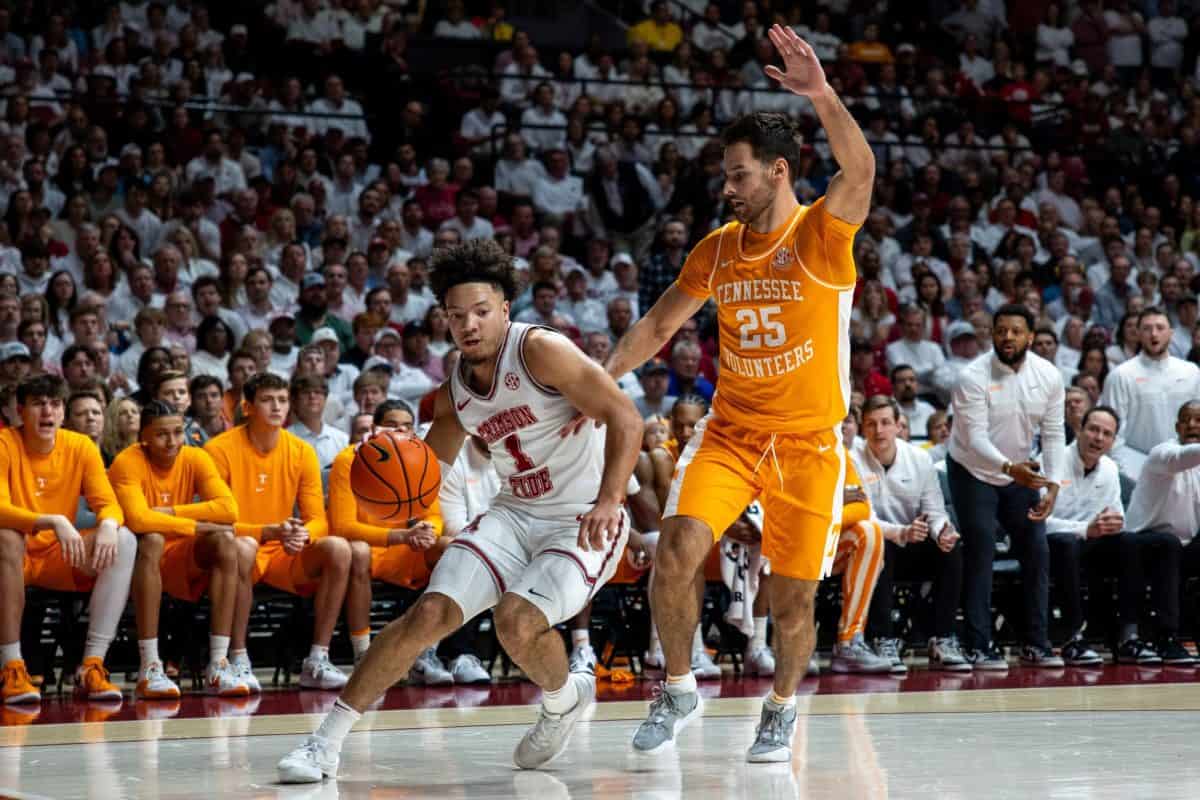With the summer juggernauts still months away, there are plenty of classic options to consider on streaming services like Netflix, Amazon and iTunes to fit any genre viewers may want to watch. These films that can take viewers into Hollywood’s golden past shouldn’t be passed over because they’re decades old or in black-and-white.
“A Streetcar Named Desire” (1951)
Easily the most well-known Tennessee Williams adaptation, “A Streetcar Named Desire” displays one of the best acting showcases in film history against the backdrop of the French Quarter in New Orleans. Playing Blanche DuBois, a Southern belle on the verge of a breakdown, Vivien Leigh took home her second Oscar for her vulnerable and compelling performance. While Kim Hunter and Karl Malden – as Blanche’s sister Stella, and Mitch, a potential suitor, respectively – deliver good performances that also won Oscars, it’s Marlon Brando who comes closest to matching Leigh’s work, delivering a searing performance as Stella’s brutish husband, Stanley. Under the direction of Elia Kazan, who would direct Brando to a “Best Actor” Oscar three years later for “On the Waterfront,” this hypnotic and passionate rendition of Williams’ classic is, in and of itself, a classic.
“Suddenly, Last Summer” (1959)
Written in 1958, “Suddenly, Last Summer” was originally a one-act play performed alongside “Something Unspoken” in a double-billed work called “Garden District.” When it made it to film, however, it was able to stand on its own by expanding on the original source material. The play – and film – follows a young woman (Elizabeth Taylor) being evaluated by a psychiatrist (Montgomery Clift) for a possible lobotomy after she witnesses her cousin’s murder. Clift does a good job in his role, but the icons come from the performances of Taylor as the young woman and Katharine Hepburn, who gets a rare villainous role as the woman’s aunt and mother of the murdered cousin. This fascinating film lives within an insidious and unsettling mood, but for the acting showcase put on display, it’s worth it.
“It Happened One Night” (1934)
The screwball comedy is one of Hollywood’s most storied genres, and there may be no better example of it than “It Happened One Night.” One of the only films ever to win all of the top five Oscar awards, Frank Capra’s “Best Picture” winner is piloted by top-notch, Oscar-winning performances from Claudette Colbert and Clark Gable as a runaway heiress and the story-seeking journalist who helps her. A smart and refreshing comedy complete with lovable characters, awkward situations and an unconventional romance, “It Happened One Night” tackles deeper themes – including gender roles, sexuality, and social class structure – and makes you laugh for the whole ride. The film just celebrated its 80th birthday (complete with a Criterion Collection re-release last November), and it still remains one of the most endearing and iconic comedies ever made.
“The Philadelphia Story” (1940)
Six years after “It Happened One Night,” the screwball comedy added yet another icon to its résumé: George Cukor’s “The Philadelphia Story.” With a trio of three Hollywood titans – Cary Grant, Katharine Hepburn and James Stewart – in the lead roles, this adaptation of the 1939 Broadway play is not your typical romantic comedy. Hepburn stars as a Philadelphia socialite whose wedding weekend is complicated by the arrival of her ex-husband (Grant) and an ambitious reporter (Stewart). The ensemble’s chemistry is sizzling and the acting top-notch, but what really makes the film a classic is its dialogue. The characters throw verbal barbs at each other on more than one occasion, but it’s so expertly played that it remains intelligent, hilarious and sophisticated.
“Strangers on a Train” (1951)
Alfred Hitchcock, who is still known today as “The Master of Suspense,” has directed several of Hollywood’s biggest Golden Age stars. In “Strangers on a Train,” however, he stuck to lesser-known actors, and wow, does it work. The story is simple: a tennis player (Farley Granger, who had starred in Hitchcock’s “Rope” three years earlier) and a playboy (Robert Walker) meet on a train, where they agree to commit murders for each other. However, when one of them actually goes through with it, a cat-and-mouse game slowly takes shape and the results are chilling. It’s one of Hitchcock’s most visually compelling and unsettling films, and definitely holds its worth alongside other Hitchcock classics, like “Psycho” and “Vertigo.”
“Wait Until Dark” (1967)
If you’re an Audrey Hepburn fan, be warned: “Wait Until Dark” is no “Breakfast at Tiffany’s” or “Roman Holiday.” The actress stars here as Suzy Hendrix, a woman recently blinded in a car accident who is terrorized in her apartment by a group of criminals (led by Alan Arkin) searching for a heroin-stuffed doll. The intimate scale ramps the tension as high as it can go – the action almost never leaves the apartment – and Hepburn’s Oscar-nominated performance brings the vulnerable, yet resilient Suzy to life. A slow-burning thriller culminating in a shocking finale that will send chills down your spine, “Wait Until Dark” is an underrated classic.








